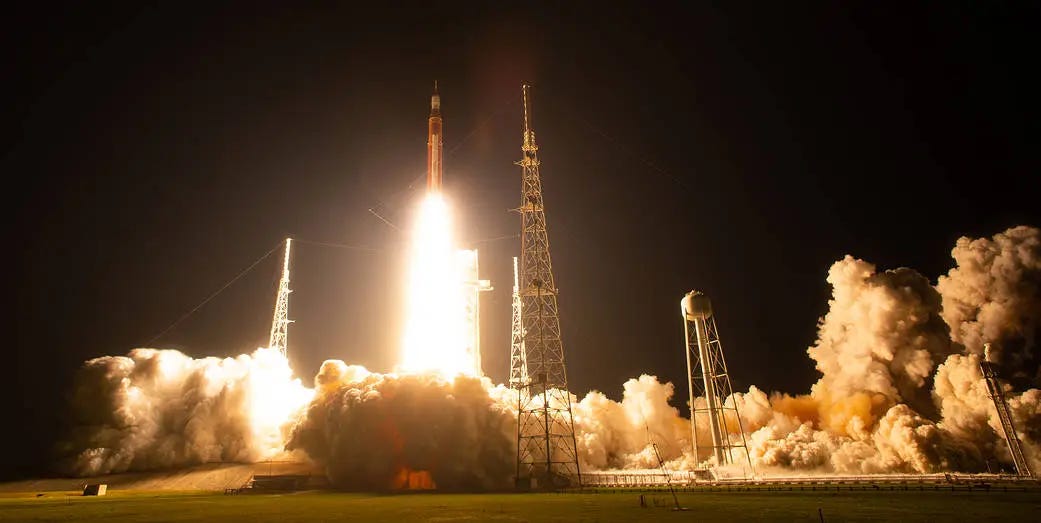In 2017, when NASA unveiled its ambitious Artemis program, America's dream of returning humans to the lunar surface seemed tantalizingly within reach.
The Artemis program was conceived as a bold step forward in human space exploration. It aimed not only to land the first woman and next man on the Moon by 2024 but also to establish a sustainable presence there by 2030.
The dream of returning Americans to the lunar surface was once heralded as an unequivocal triumph for NASA’s Artemis program. However, as we inch closer to what should be historic milestones, the vision seems increasingly clouded by technical snags, ballooning budgets, and a sense of déjà vu.
Technical Troubles and Budgetary Bombshells
When Artemis I's Orion capsule circled the Moon in late 2022, it was supposed to showcase America’s renewed prowess in space travel. But instead of celebration, the mission sparked concerns about the program's future viability. The spacecraft encountered thermal issues that could jeopardize future crewed missions, marking an unwelcome start to what many hoped would be a clear run towards lunar touchdowns.
And then there are the numbers: $93 billion by 2025, with the SLS rocket eating up an obscene share of NASA’s budget. This figure not only raises eyebrows but also sparks skepticism over whether Artemis can maintain its momentum without a fiscal overhaul. Critics point out that while the program aims for the Moon, it might instead be mired in Earth-bound financial quicksand.
The program's progress has been marred by delays—Artemis III, which was meant to land astronauts on the lunar surface, is now not expected to launch before mid-2027 at the earliest. Meanwhile, Artemis II, initially planned as a circumlunar flight test, faces its own postponement until April 2026.
These setbacks have not occurred in isolation; they are symptomatic of broader systemic issues within NASA and the American space program at large. There's been criticism from within and without: former officials question the sustainability of Artemis' current trajectory, while international observers wonder if America’s moonshot aspirations might be slipping through its fingers.
Keep reading with a 7-day free trial
Subscribe to The Journal of Space Commerce to keep reading this post and get 7 days of free access to the full post archives.



